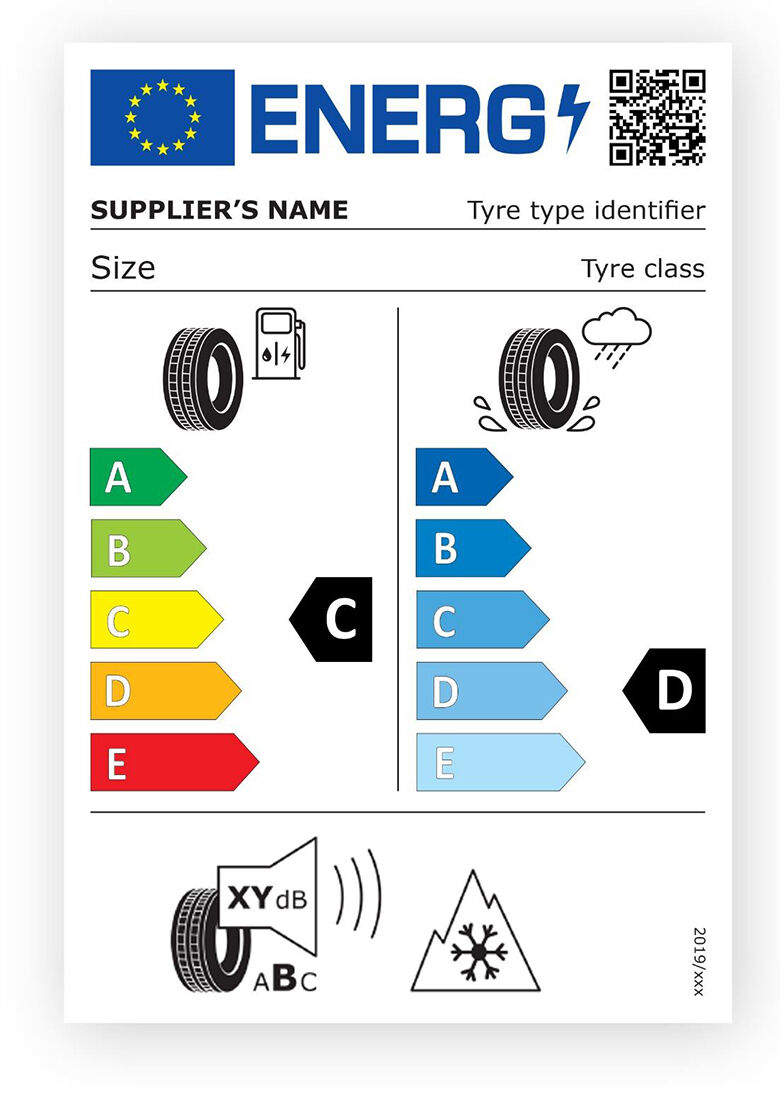Tire maintenance - Part 1
Checking tire tread
Check your tire tread regularly to find out whether a tire needs replacing. All passenger, light truck, and medium commercial tires have tread wear indicator bars molded into the tread. These bars are located at the bottoms of the tread grooves in several locations around the tire. When the tire is worn to the point where any of them become visibly flush with the adjacent tread ribs, it is time to replace the tire. If the tire tread is wearing out in only one or two places, it can mean that the tire is inflated wrongly. Below, we list some of the most common patterns of uneven tread wear and the problems that cause them:
Cups or dips in the tire tread: WORN PARTS
Cupping (also called dipping or scalloping) is most common on the front tires, though your rear tires can cup as well. It may be a sign that your wheels are out of balance, or that your car's suspension or steering system parts are worn out.
Sawtooth edges: MISALIGNMENT
Do the edges of the tread have a sawtooth or feathered appearance? This is caused by erratic scrubbing against the road. The solution is toe-in or toe-out alignment correction. Proper tread depth is essential for proper tire performance. If you notice a loss or change in wet traction, you may not have enough tread left on your tires. Once the tread depth reaches 1/16th of an inch, the tire must be replaced.
Wear in centre: OVER-INFLATION
When a tire is over-inflated, the centre of the tread bears most of the load and wears out faster than the outside edges. Uneven wear reduces the useful life of a tire. Check your tires regularly for proper inflation. Abnormal tire wear may also be due to misalignment or mechanical problems.
Wear on both edges: UNDER-INFLATION
If your tire looks like this, it may be under-inflated. Under-inflation reduces tread life through increased tread wear on the outside edges (or shoulders) of the tire. It also generates excessive heat, which reduces tire durability. Finally, it affects fuel economy through increased rolling resistance (soft tires makes your vehicle work harder). Abnormal tire wear may also be due to misalignment or mechanical problems.

Tire balancing
Unbalanced tires cause vibration, which can lead to driver fatigue and premature, irregular tire wear, as well as unnecessary wear to your vehicle's suspension. Your tires should be balanced when they are mounted on wheels for the first time or when they are remounted after repair. Tire balance should be checked at the first sign of a vibration or shimmy.
Tire repair
Tire repairs should be carried out by a trained tire professional. Proper repair procedure will include dismounting the tire from the wheel for a thorough inspection to check for damage, and the use of a patch and plug to repair any punctures that fall within the limits and guidelines for repair.








